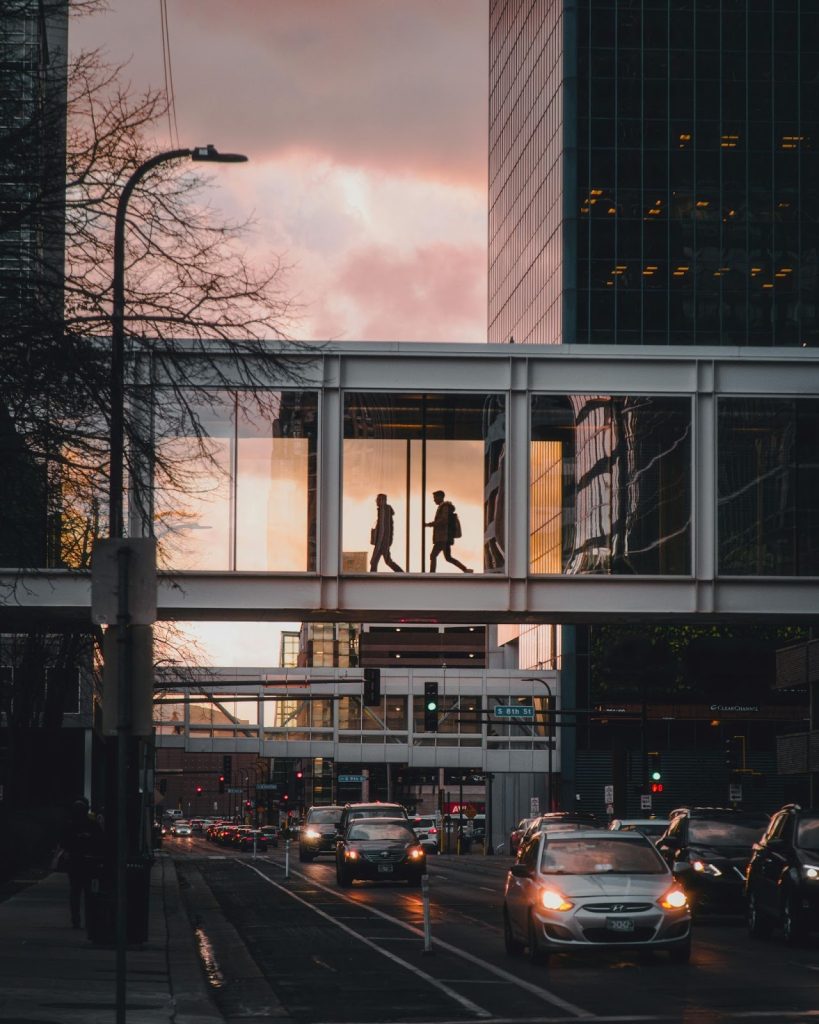
In the 19th century, industrial cities were engines of economic growth. Manchester, often called the first industrial city, shaped global trade through its factories and textile mills. Leipzig thrived as a hub of publishing, machinery, and commerce. But when industries collapsed in the late 20th century, both cities faced uncertainty. Entire districts lost their purpose, and communities were left without stable work. The shift has been compared to how entertainment has moved online, where something as niche as a balloon online casino game finds an audience in unexpected ways. Cities, too, must discover new identities when old ones no longer fit.
What Happens After Industry Declines
The collapse of industry was rarely gradual. In Manchester, textile factories closed in quick succession from the 1960s onward. The economy, which had been built almost entirely around production and export, could not adjust fast enough. Leipzig’s story was shaped by a different context. After German reunification, outdated factories could not compete in a market economy. Mass unemployment followed, and by the 1990s whole neighborhoods were half empty.
This kind of decline leaves scars that last for decades. Infrastructure built for heavy industry—rail lines, warehouses, cooling towers—often sits unused. Population loss weakens local businesses, schools, and transport systems. The hardest part is not just finding new jobs but creating a reason for people to stay.
How Culture Became a Tool
One of the earliest ways cities tried to recover was through culture. In Manchester, the music scene of the 1980s and 1990s gave the city a new reputation. Concert venues filled the gap left by closed factories, drawing international attention. Leipzig turned to its long cultural tradition. The city promoted its ties to classical composers and developed new festivals to attract visitors.
Culture did not solve the economic crisis on its own. But it gave residents and outsiders a different picture of what these cities could be. It helped change the story from one of decline to one of possibility.
Knowledge and Research as New Industries
Over time, universities and research institutions became central to recovery. Manchester expanded its higher education sector, and partnerships between researchers and entrepreneurs began to fill the gap left by industry. Instead of exporting cloth, the city now exports expertise in science, engineering, and digital technology.
Leipzig followed a similar pattern. The city invested in biotechnology, environmental science, and renewable energy. Former factory sites were reused for laboratories and startups. Knowledge economies do not create jobs on the same scale as factories once did, but they attract investment and skilled workers, which in turn supports housing, retail, and services.
The Physical Transformation of Cities
Urban planning has been just as important as new industries. Derelict factories in Manchester have been converted into housing or offices. In Leipzig, some industrial sites were demolished to create open green areas, while others were turned into cultural spaces. These decisions matter because they influence whether people see the city as a place worth living in.
The shift is also linked to sustainability. Cities that once polluted the air with coal are now trying to become models of low-carbon living. Investments in cycling infrastructure, public transport, and renewable energy help attract young populations who value sustainable lifestyles.
Remaining Inequalities
Despite visible progress, post-industrial recovery is uneven. Not all neighborhoods benefit from investment. In Manchester, city-center redevelopment has attracted businesses, but outlying districts often face the same poverty and lack of opportunity that began in the 1970s. Leipzig has enjoyed population growth, yet nearby towns remain stuck with weak economies.
This unevenness raises questions about who actually gains from urban reinvention. If redevelopment primarily serves students, tourists, or incoming professionals, long-time residents may feel excluded. Cities risk repeating old mistakes if growth is not shared.
What Other Cities Can Learn
The stories of Manchester and Leipzig show that recovery takes decades. Quick fixes rarely work. Culture helps change perception, but without investment in education and research, recovery remains shallow. Physical space also matters—people will not stay in a city where abandoned buildings dominate the landscape.
Another lesson is that cities must build on their strengths. Manchester used music and later higher education as tools. Leipzig leaned on cultural history and science. Attempts to copy another city’s model often fail. The path to recovery depends on local conditions.
Conclusion
The rebirth of post-industrial cities is less about erasing the past and more about finding new uses for it. Former industrial spaces are being reused, cultural memory is being reshaped, and research-driven economies are taking root. Manchester and Leipzig illustrate both the potential and the challenges of this transformation. Their stories show that while industry may have left, the cities themselves still have the capacity to create new futures.